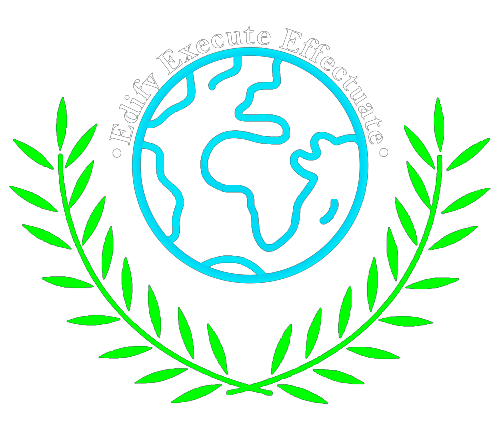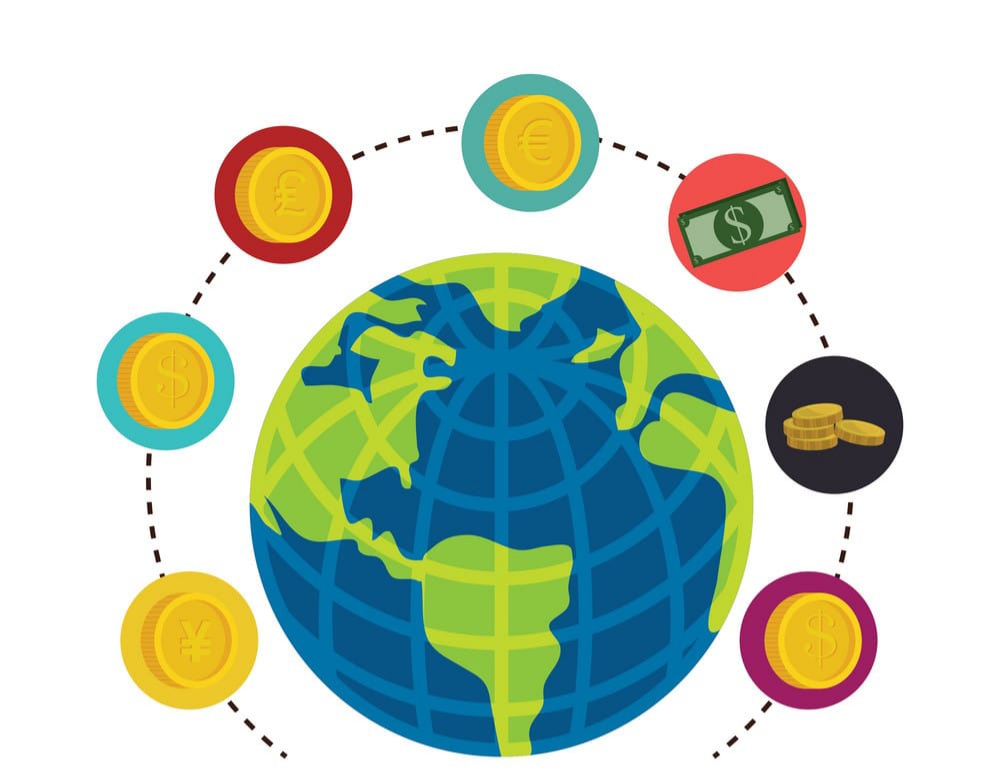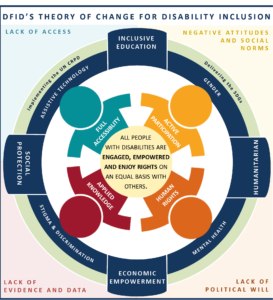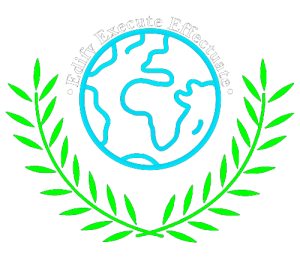Global Economy: Challenges and Opportunities
Introduction:
The global economy refers to the interconnectedness of national economies across the world. It involves trade, investment, labor, and financial systems that span across borders, creating a complex network of interdependencies. Over the last century, globalization has increased dramatically, driven by technological advancements, trade agreements, and multinational corporations Baldwin, R., & Tomiura, E. (2020). While this interconnectedness fosters economic growth and prosperity, it also introduces challenges such as inequality, environmental degradation, and financial instability. The COVID-19 pandemic, climate change, and geopolitical tensions have exacerbated these challenges, testing the resilience of the global economy Blonigen, B. A. (2005).
Historical Context of the Global Economy:
Globalization, the process that drives the global economy, has roots dating back centuries. The post-World War II era, in particular, saw a surge in international cooperation, leading to the creation of institutions like the International Monetary Fund (IMF), the World Bank, and the World Trade Organization (WTO) Eichengreen, B. (2011) .These institutions were designed to promote global financial stability and open markets, helping economies recover from the devastation of the war. The Bretton Woods Conference of 1944 laid the foundation for modern global economic governance.
The late 20th century marked a significant acceleration in global trade and investment. Economic liberalization in China, the fall of the Soviet Union, and the expansion of the European Union allowed more nations to integrate into the global economy. As of the 21st century, international trade has grown substantially, with major economies like the U.S., China, and the European Union leading the way Ferguson, N. (2020).
Major Drivers of the Global Economy:
Technological innovation has been a major force driving globalization. The advent of the internet, improved transportation, and advancements in communication have enabled goods, services, and capital to flow more easily across borders (Friedman, 2005). The digital economy, encompassing e-commerce, fintech, and digital currencies, has opened new opportunities for businesses and consumers. Trade Agreements and Regional Integration Trade agreements like the North American Free Trade Agreement (NAFTA) and regional economic blocs such as the European Union (EU) and the Association of Southeast Asian Nations (ASEAN) have fostered regional cooperation and boosted trade (Krugman, 2009). These agreements have reduced tariffs, harmonized regulations, and promoted investment, contributing to increased economic output.FDI has been a key driver of globalization, allowing multinational corporations to establish operations in multiple countries. Countries such as China, India, and Vietnam have benefitted significantly from FDI, which has spurred industrialization, created jobs, and boosted exports (Blonigen, 2005).
Key Challenges Facing the Global Economy:
Despite the benefits of globalization, income inequality remains a pressing issue. The distribution of wealth has become increasingly polarized, with a growing divide between rich and poor countries, as well as within nations. The top 1% of the global population holds a significant share of the world’s wealth, while many developing countries struggle with poverty (Piketty, 2014). The wealth gap is exacerbated by technological disruption, which tends to favor skilled workers and capital owners over low-wage laborers.Climate change presents an existential threat to the global economy. Rising temperatures, extreme weather events, and resource depletion can undermine economic stability and growth (Nordhaus, 2013). The transition to a green economy requires global cooperation, and failure to address environmental concerns could result in massive economic and human.The global financial system is inherently fragile, as seen during the 2008 financial crisis. Excessive risk-taking, lack of regulation, and the interconnectedness of global banks and financial institutions make the system vulnerable to shocks. Financial instability can spread rapidly across borders, as seen with the European debt crisis (Reinhart & Rogoff, 2009).
Opportunities for Growth and Recovery:
Investing in renewable energy, green technology, and sustainable business practices presents an opportunity to combat climate change while boosting economic growth. The Paris Agreement and other international efforts to curb carbon emissions are critical to creating a sustainable global economy (Stern, 2006).The rapid growth of the digital economy provides new avenues for economic development. E-commerce, fintech, and artificial intelligence can drive innovation, create jobs, and enhance productivity. Developing economies that embrace digital transformation could leapfrog traditional industries and position themselves as leaders in the global economy (McKinsey Global Institute. Efforts to make globalization more inclusive, such as improving education, investing in infrastructure, and promoting fair labor practices, can help reduce inequality and spread the benefits of economic growth more evenly (Rodrik, 2011). Global institutions like the United Nations and World Bank have emphasized the need for policies that ensure equitable access to resources and opportunities.
Conclusion:
The global economy is at a critical juncture. While globalization has brought unprecedented economic growth and connectivity, it has also introduced significant challenges. Climate change, inequality, and geopolitical instability threaten to derail progress. However, by embracing sustainability, digital innovation, and inclusive economic policies, the global economy can continue to grow and thrive. Cooperation between nations, businesses, and international institutions will be key to addressing these global challenges and seizing the opportunities ahead.
References:
1. Baldwin, R., & Tomiura, E. (2020). Thinking ahead about the trade impact of COVID-19. Economics in the Time of COVID-19, CEPR Press.
2. Blonigen, B. A. (2005). A review of the empirical literature on FDI determinants. Atlantic Economic Journal, 33(4), 383-403
3. Eichengreen, B. (2011). Exorbitant Privilege: The Rise and Fall of the Dollar and the Future of the International Monetary System. Oxford University Press.
4. Ferguson, N. (2020). Doom: The Politics of Catastrophe. Penguin Press.
5. Friedman, T. L. (2005). The World is Flat: A Brief History of the Twenty-First Century. Farrar, Straus, and Giroux.
6. Krugman, P. (2009). The Return of Depression Economics and the Crisis of 2008. W.W. Norton & Company.
7. McKinsey Global Institute. (2016). Digital globalization: The new era of global flows.
8. Nordhaus, W. (2013). The Climate Casino: Risk, Uncertainty, and Economics for a Warming World. Yale University Press.
9. Piketty, T. (2014). Capital in the Twenty-First Century. Harvard University Press.
10. Reinhart, C. M., & Rogoff, K. S. (2009). This Time is Different: Eight Centuries of Financial Folly. Princeton University Press.
11. Rodrik, D. (2011). The Globalization Paradox: Democracy and the Future of the World Economy. W. W. Norton & Company.
12. Stern, N. (2006). Stern Review: The Economics of Climate Change. HM Treasury, London.
13. UNCTAD. (2021). Global trade impact of the COVID-19 pandemic. United Nations Conference on Trade and Development.
14. World Bank. (2020). Global Economic Prospects. Washington, D.C.: World Bank Group.
15. IMF. (2019). World Economic Outlook. International Monetary Fund.
16. OECD. (2020). Trade and the COVID-19 Crisis. Organisation for Economic Co-operation and Development.
17. Baldwin, R. (2016). The Great Convergence: Information Technology and the New Globalization. Harvard University Press.
18. Acemoglu, D., & Robinson, J. (2012). Why Nations Fail: The Origins of Power, Prosperity, and Poverty. Crown Business.
19. Rodrik, D. (2012). The Globalization Paradox: Why Global Markets, States, and Democracy Can’t Coexist. Oxford University Press.
20. Ferguson, N. (2008). The Ascent of Money: A Financial History of the World. Penguin Books.
21. Krugman, P. (1994). The Myth of Asia’s Miracle. Foreign Affairs, 73(6), 62-78.
1. Baldwin, R., & Tomiura, E. (2020). Thinking ahead about the trade impact of COVID-19. Economics in the Time of COVID-19, CEPR Press.




